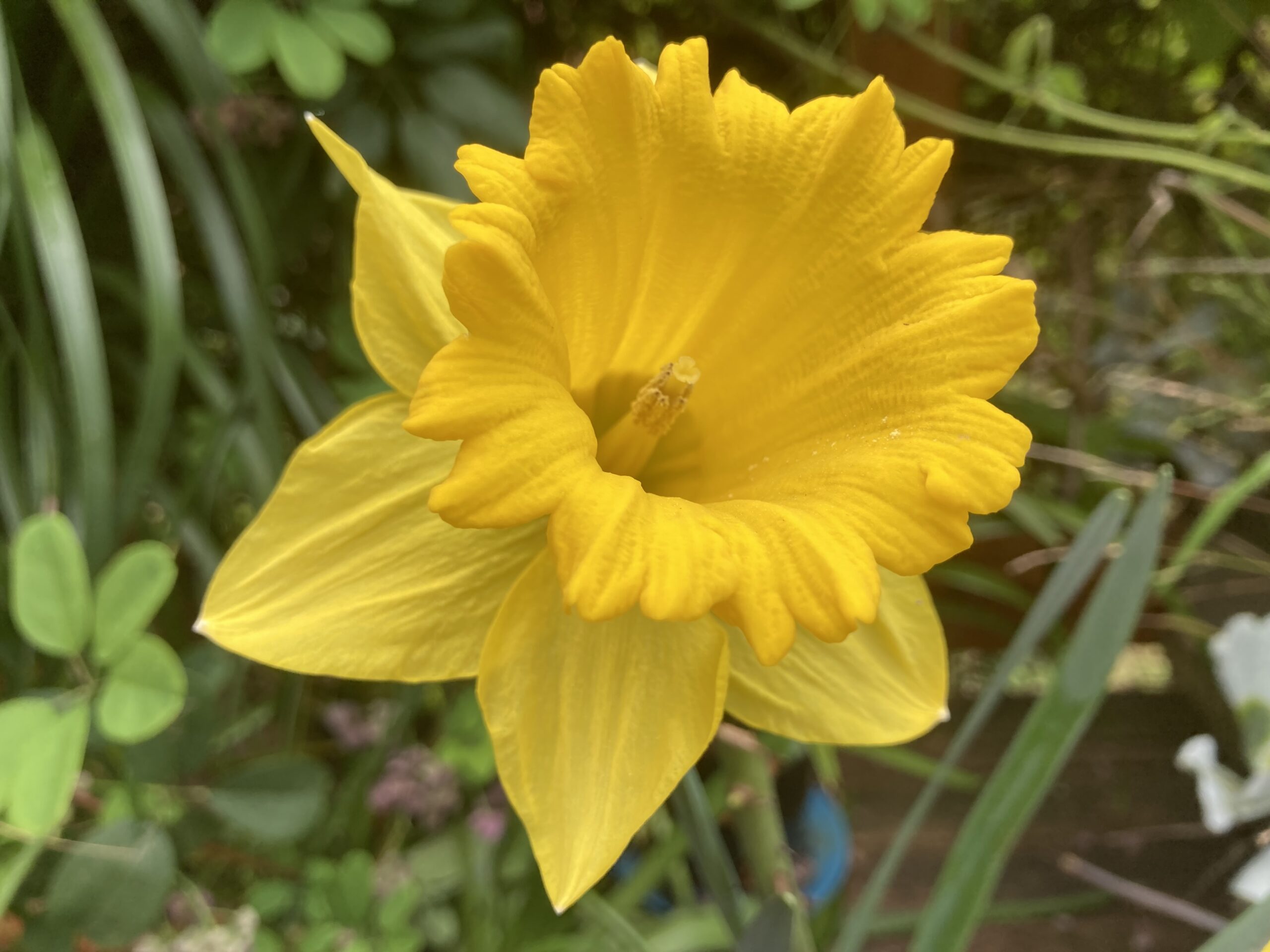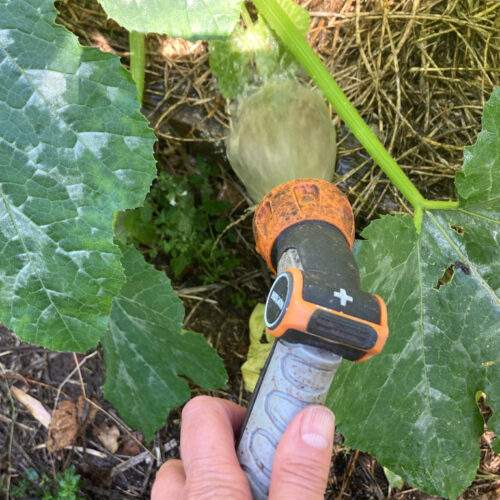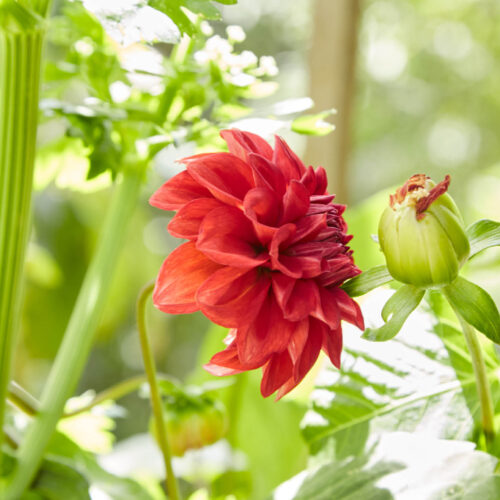Feeding fruit trees & bulbs
2021-08-23T23:39:17+10:00
From daffodils and jonquils to almonds and plums, it's time to for a good feed to keep them happy.
With ongoing restrictions on movement, if not complete lockdowns, our gardens and public spaces become precious places for both our mental and physical health. All sorts of research has shown that walking and being in nature benefits everyone, and certainly my garden has been a haven for me. Many don’t have space for bigger gardens, or don’t live near the bush, but even the smallest garden with herbs and bulbs, or a fruit tree in a pot can bring great joy as well as providing flavour and food for meals.
My garden’s been springing (pun intended) into life in these last days of winter, with blossom appearing on almond and plum trees, and daffodil and jonquil flowers in abundance. This is always the signal to me that it’s time to feed and mulch the fruit trees and feed the bulbs. Let me explain more on feeding these plants.
Fruit trees
For fruit trees, the general principle is that you need to replace nutrients in the soil that have been used up during the last fruiting last season. If you feed too soon then nutrients may be leached from the soil before the trees break dormancy. To stop this loss we delay feeding until the trees start growing again in late winter and early spring. I spread compost and worm castings over the surface of the soil right out to and a bit beyond the drip line, starting about 20cm from the trunk. This is where the feeder roots are. And I also add a couple of handfuls of certified organic fertiliser pellets. I then cover this with mulch (usually lucerne hay) and water well. It will take 2-3 weeks before the nutrients are moved by the worms or passively make their way to the feeder roots where they’ll be taken up by the tree. Another feed (and mulch renewal) will be needed after harvest, but for now you can sit back and admire the blossoms.
Bulbs
Also at this time of year, many bulbs are in flower, from daffodils and jonquils to tulips and ranunculus. These plants need nutrients to keep growing and flowering but its also a critical stage in another way. Over the next few months, well before the leaves start to die back, these plants start to collect and store nutrients back into bulbs for next seasons growth and flowering. I add compost and/or worm castings as well as a handful of pelletised fertiliser and a bit of extra potash to promote better flowers next spring. Don’t remove the leaves early as this will stop the nutrients in the leaves from going back into the bulb.






